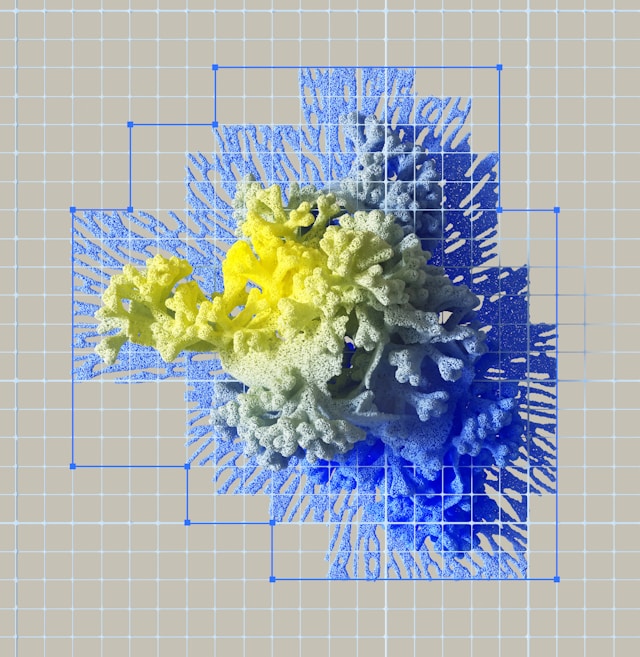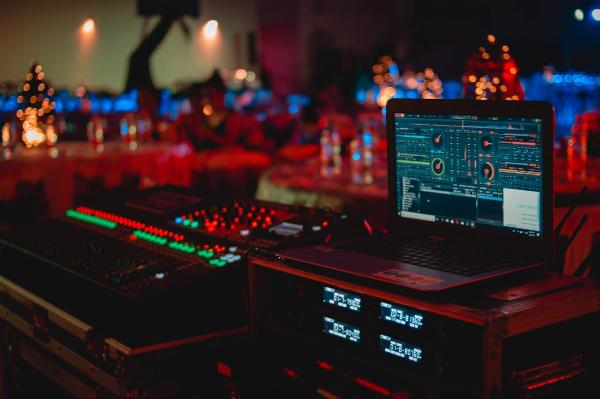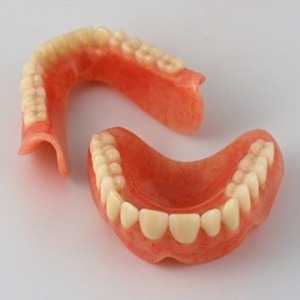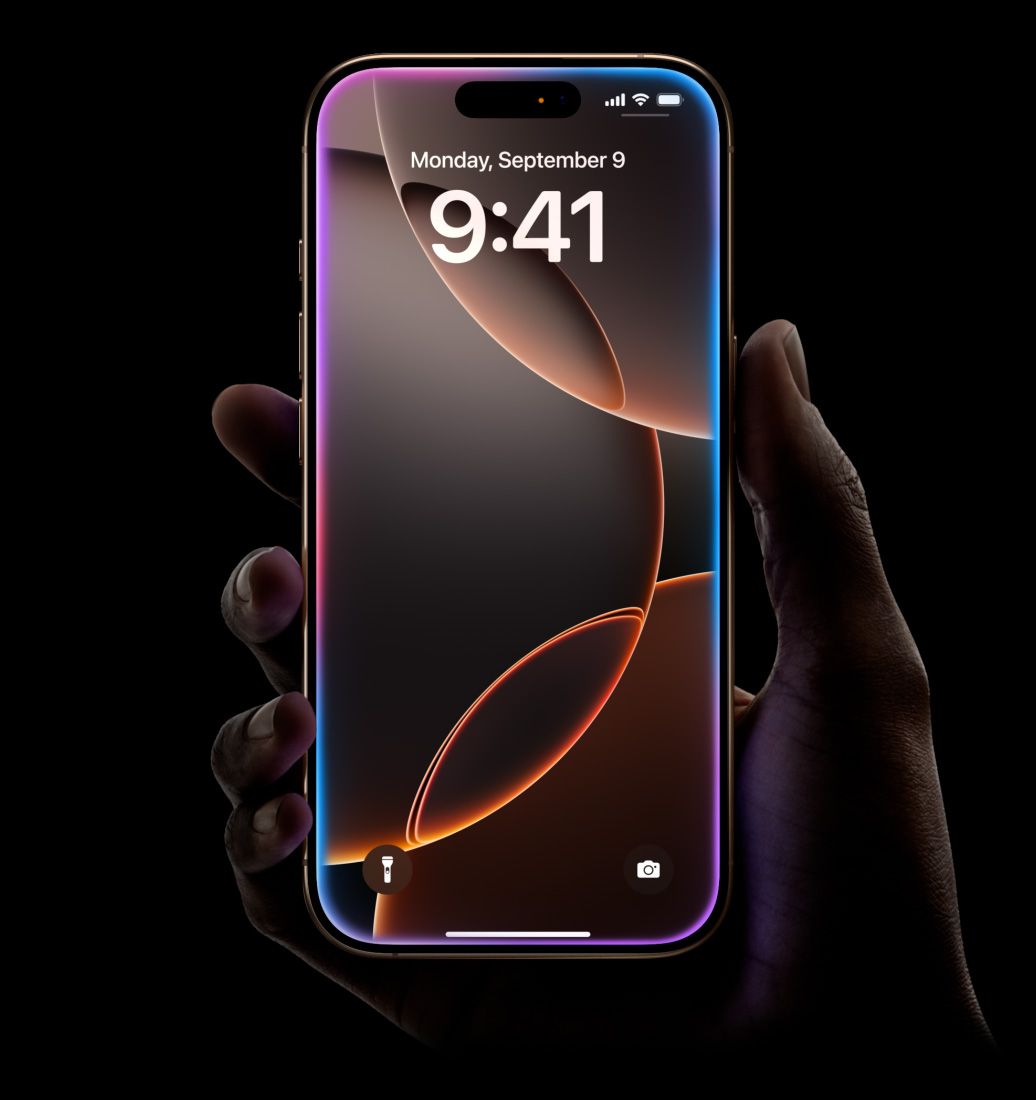Easily Convert 2D to 3D Images

Strong 8k brings an ultra-HD IPTV experience to your living room and your pocket.
Ready to turn flat photos into scenes that pop? This guide shows how to convert photo to 3D with clear steps and fast results. You will learn the basics of a depth map, see how parallax animation adds motion, and discover the right 3D image generator for your workflow.
We focus on the United States market, where brands ship content to Instagram, TikTok, and YouTube Shorts. You will see how 3D visuals for marketing lift clicks, scroll time, and sales for Shopify and WooCommerce. We keep it simple, practical, and ready for production.
For speed and quality, we highlight Hyper3D Image to 3d for image work and Vidu AI video generator for motion. This pairing streamlines 2D to 3D conversion and smooth handoff to video. By the end, you can move from stills to rich clips with clean depth and crisp parallax animation.
Expect real-world tips on export formats for web, AR, and social. We also touch on performance and SEO gains from lightweight 3D assets. If you want a clear path from idea to output, this is your starting point—and your toolkit.
What 2D to 3D Image Conversion Is and Why It Matters
2D to 3D image conversion turns a single photo into a scene with depth and motion. Using depth map creation and stereo imaging principles, software infers how close or far objects are, then moves a virtual camera to reveal a subtle parallax depth effect. The result is a realistic 2.5D animation that feels alive on any screen.
Modern workflow: machine learning estimates depth, artists refine masks and edges, and layers separate tricky areas like hair, glass, and textiles. Tools such as Hyper3D Image to 3d help automate steps while keeping creative control for polish.
How depth maps and parallax create lifelike 3D effects
A grayscale map encodes distance: bright values for foreground, darker values for background. That depth map drives parallax, displacement, and occlusion, so near objects shift more than far ones when the camera moves. Small dolly-ins or tilts produce a smooth parallax depth effect that mimics stereo imaging without needing two lenses.
Refinement matters. Clean edges reduce haloing, and micro-matte work preserves fine product details. With calibrated motion presets, 2.5D animation stays natural and avoids warping.
Common use cases in social media, ecommerce, and digital art
On Instagram Reels, TikTok, and Facebook, subtle loops and short camera moves hook viewers fast, powering social media 3D posts that stand out in crowded feeds. Brands lean on Hyper3D Image to 3d to scale batches for campaigns.
Retailers deploy ecommerce 3D product images for apparel, furniture, and electronics, offering interactive hero shots, 360-like spins derived from depth, and AR-ready assets that show fit, scale, and materials. In digital art 3D, creators add cinematic motion to posters, album teasers, and gallery reels with depth-driven storytelling.
Benefits for engagement, time-on-page, and conversions
Motion guides the eye and clarifies structure, lifting engagement and watch-through. Rich visuals improve time-on-page by inviting interaction and repeat views. Clearer angles and lighting cue features and finishes, which often leads to higher conversions and fewer returns.
Accessibility can improve as depth enhances object separation for users with low vision. Teams can standardize movement and batch output to keep quality consistent across large sets.
Choosing the Right Tools for Fast, High-Quality Results
Speed, accuracy, and clean output shape the shortlist for the best 3D image software. Look for AI depth mapping tools that deliver precise, editable depth layers with edge-aware refinement. Occlusion inpainting should restore background details revealed by parallax without artifacts.
Performance matters. GPU acceleration through NVIDIA CUDA or Apple Metal cuts render times on large scenes. When campaigns scale, batch processing keeps delivery on schedule while preserving consistent settings across shots.
Nondestructive editing with layers and versioning invites safe iteration. Mask painting, per-object depth tweaks, and curve controls help dial in subject separation. For motion and compositing, support for alpha channels and camera path metadata keeps assets flexible from draft to final.
Output compatibility is key. Export to WebGL via GLB or GLTF for interactive previews, and keep options for USDZ on Apple devices. Maintain standard image formats like PNG or JPEG with embedded depth maps, plus layered PSDs and segmented EXR for VFX passes.
Integration streamlines the pipeline. Smooth roundtrips with Adobe Photoshop and After Effects speed up retouching and composites. For video, align color space, gamma, and aspect ratio, and deliver optimized textures and compressed H.264 or H.265 files without banding.
For end-to-end motion, choose tools that hand off directly to the Vidu AI video generator. Compatibility with displacement inputs and depth-aware effects reduces rework and avoids manual reformatting across stages.
A practical checklist includes AI depth mapping tools, GPU acceleration, batch processing, nondestructive editing, and export to WebGL. When these elements align in one stack, teams move faster and keep quality high from concept to launch.
Hyper3D Image to 3d,Vidu AI video generator
Turn a flat photo into motion that feels real. The Hyper3D Image to 3d workflow maps depth with AI, separates layers, and keeps edges clean. Then the Vidu AI video generator pipeline takes those assets and builds smooth clips with keyframes and transitions. Together, they cut guesswork and save hours while keeping color, aspect ratio, and frame rate consistent for every platform.
Why it works: depth estimation guides subtle parallax, while occlusion inpainting restores hidden background before the camera moves. You can set dolly, orbit, or tilt paths to stage bold yet controlled cinematic camera moves without stretching faces or products.
Boosting workflows: from single images to animated 3D sequences
Start with one image. Hyper3D splits foreground, midground, and background so you can tune parallax depth and protect key details. Export depth maps and displacement passes for a clean depth-to-video handoff. In Vidu, add easing curves and scene transitions to stack moments into a short sequence that loops well and plays crisp on mobile.
Keep motion tight: 3–7 seconds for social loops, 8–12 seconds for product explainers. For portraits, keep parallax gentle to avoid warping. Add a soft ground shadow and modest depth-of-field on products to lock scale and focus.
Seamless pipeline: export from Hyper3D to Vidu for video-ready assets
Hyper3D exports layered PNGs, depth, and masks that drop straight into the Vidu AI video generator pipeline. Color stays in sRGB or Rec.709, aspect ratios carry over (1:1, 9:16, 16:9), and you can render at 24, 30, or 60 fps. That means no reformatting or color shifts, just faster delivery.
Set camera paths in Hyper3D, then refine in Vidu with keyframeable timing. The result is a smooth depth-to-video render with clean silhouettes, crisp edges, and stable motion that feels intentional.
Creative tips for maximizing realism and motion impact
Use lens emulation: 24mm for bold perspective, 50mm for a natural look. Pair parallax animation tips with light sweeps that track the move for an instant lift in realism. Add occlusion inpainting and precise occlusion masks around hair, jewelry, and thin edges to keep the outline sharp during camera travel.
Choose cinematic camera moves with purpose. A slow dolly forward draws attention, while a gentle orbit adds space without distortion. Calibrate speed to the beat of the edit, and keep motion readable on small screens for a polished finish.
Step-by-Step: Convert a 2D Photo into a 3D Image with Hyper3D Image to 3d
Use this Hyper3D Image to 3d tutorial to move from a flat photo to a scene with true depth and motion. The flow below covers setup, depth map refinement, lighting realism, and GLB GLTF USDZ export for modern platforms and social aspect ratios.
Preparing your source image for best depth detection
Start with a high-resolution file—at least 2048 pixels on the short edge. Keep the subject sharp and avoid motion blur so edges track well. Ensure strong foreground and background separation; if the scene is flat, boost contrast in Adobe Lightroom or Adobe Photoshop.
Clean sensor noise and remove artifacts before import. Good hygiene here improves subject masking accuracy later and reduces the need for heavy occlusion repair when the virtual camera moves.
Generating and refining depth maps
Run AI depth in Hyper3D Image to 3d, then check the gradient: near areas should read brighter. Use a brush to fix mislabels around hair, glass, and reflective surfaces. Apply bilateral filtering to smooth banding, and add micro-depth to fabric and skin for a more tactile look.
Create masks for foreground, midground, and background, and tune per-layer parallax to prevent stretch. Enable inpainting to handle occlusion repair; patch tricky textures like brick or wood grain by hand if the auto fill struggles. This is the core of precise depth map refinement.
Applying lighting, occlusion, and perspective adjustments
Match the virtual camera focal length to the photo’s EXIF to keep geometry honest. Add a subtle, depth-aware blur; avoid heavy blur that makes halos. Simulate practical lights with a soft key and a gentle rim, keeping shadow direction true to the original capture.
Keep camera motion small—about 2–8% screen travel—to maintain plausible volume. Scrub the path to spot edge tearing or shimmer, then refine masks and subject masking until transitions feel seamless.
Exporting formats for web, AR, and social platforms
For fast web playback, export MP4 (H.264) at 1080p; choose WEBM if you need transparency with a separate alpha. For social aspect ratios, deliver 1080x1920 for TikTok, Instagram Reels, and YouTube Shorts, and 1080x1080 for Instagram Feed at 8–12 Mbps.
For interactive or AR, use GLB GLTF USDZ export with displacement or normal maps when supported. Maintain sRGB, embed ICC profiles, and name versions consistently, including clear depth map suffixes for downstream tools and edits.
Turn Your New 3D Images into Scroll-Stopping Videos with Vidu AI video generator
Import your 3D-ready renders and depth passes into the Vidu AI video generator to build motion-first stories. Start with camera motion presets like dolly-in, parallax sway, or orbital pans, then tune easing in the curve editor to avoid jumps and edge tearing. Keep moves clean and short so details read fast on mobile.
Activate depth-aware animation to layer light sweeps, volumetric haze, and subtle particles that respect the map. This creates natural separation between foreground and background, giving faces, products, and textures a crisp pop without artifacts.
Frame for 9:16 vertical video at 1080x1920 when posting to TikTok, Instagram Reels, and YouTube Shorts. For sites and banners, export 1920x1080. Choose 24 fps for a cinematic feel or 30 fps for sharper UI motion, and render multiple aspect ratios from one master comp for easy reuse.
Add captions and overlays inside safe margins so UI elements do not cover key text. Use bold, high-contrast type for small screens. Target loopable clips of 5–7 seconds for quick hits, and 10–15 seconds for ads with a clear call-to-action.
Bring in licensed tracks from Epidemic Sound or Artlist, and manage soundtrack licensing for each placement. Duck music under voice by 6–8 dB to keep narration crisp. Two-pass encoding and hardware acceleration improve playback and file efficiency across devices.
Before publishing, check edges, gradient banding, and color shifts on iPhone, Android, and desktop. Post when your U.S. audience is most active, then study retention to refine camera speed, clip length, and how the Vidu AI video generator handles pacing on repeat views.
Pro Tips, Performance, and SEO Wins for 3D Visuals
Keep 3D pages fast and clear. Tune Core Web Vitals with efficient codecs like H.265, VP9, or AV1 where supported. Use poster frames and lazy loading video to delay playback below the fold. Serve adaptive streams with multiple resolutions from 360p to 1080p so mobile viewers get smooth starts. For interactive scenes, ship GLB or GLTF with Draco or Meshopt, cap texture sizes, and precompute normal maps to boost depth without heavy geometry.
Help search and social understand your media. Add schema markup using schema.org VideoObject and ImageObject for rich results, and include open graph images and Twitter Card tags for crisp previews. Name files with clear, descriptive terms and write alt text that mentions depth or 3D features to capture longtail queries in 3D content SEO. Place visuals near related copy and strong CTAs to guide users toward action while the scene is top of mind.
Refine motion and color for trust and time-on-page. A/B test parallax intensity and camera moves; subtle motion often works best on phones. Keep brand color consistent by applying the same LUTs and profiles across Hyper3D Image to 3d exports and Vidu AI video generator renders. For accessibility, respect prefers-reduced-motion and avoid effects that can cause discomfort. Offer a still image or softened animation so everyone can engage.
Build a pipeline that scales. Save presets for depth smoothing, occlusion strength, and camera timing, and follow naming rules that map assets to campaigns. Use a review checklist to catch edges, halos, and lighting shifts before publish. Track GA4 events such as video start, 50% watch, complete, and outbound clicks to see what converts. Document a handoff spec with aspect ratios, safe areas, color space, and audio levels so teams move fast from Hyper3D Image to 3d to the Vidu AI video generator without surprises.
FAQ
What does 2D to 3D image conversion mean, and how do depth maps and parallax work?
2D to 3D conversion infers scene depth from a single photo and generates a grayscale depth map. Brighter areas represent foreground, darker areas represent background. When the “camera” moves, parallax uses that map to shift layers at different speeds, creating a lifelike 2.5D effect with convincing perspective and occlusion.
Why should brands in the United States use 3D visuals for Instagram, TikTok, and YouTube Shorts?
Short, subtle parallax loops capture attention in the first second and lift watch-through and shares. For U.S. audiences, vertical 9:16 videos with clean type and quick motion cues tend to perform best, improving engagement, time-on-page, and conversions across social and mobile.
How does Hyper3D Image to 3d help convert flat photos into 3D images quickly?
Hyper3D Image to 3d combines AI depth estimation with edge-aware refinement and automatic occlusion fill. It separates foreground, midground, and background layers, applies adjustable parallax, and exports depth maps, displacement passes, and layered assets ready for motion.
How do I turn a 3D image into a smooth video with Vidu AI video generator?
Export your image, depth map, and masks from Hyper3D Image to 3d, then import them into Vidu AI video generator. Choose a motion preset like dolly-in or orbit, refine easing curves, and add depth-aware effects. Keep clips between 5–15 seconds and export in vertical or horizontal formats as needed.
What image quality should I start with for accurate depth detection?
Use a high-resolution image, at least 2048 pixels on the short edge. Ensure sharp focus and clear subject separation. Reduce noise and fix artifacts first—clean input helps the AI produce smoother gradients and fewer depth errors.
How do I refine a depth map to avoid halos and warping?
Inspect the map and correct edges around hair, glass, and thin details using brush tools. Smooth banding with bilateral filters and add micro-depth for fabrics and skin. Limit parallax on faces and delicate objects to keep silhouettes crisp and natural.
What camera moves look best for portraits and products?
For portraits, keep motion subtle with a short dolly or tilt to prevent facial distortion. For products, try a gentle orbit or dolly-in with a soft ground shadow. Use lens emulation—24mm for drama, 50mm for a natural feel—and add modest depth-of-field for scale.
Which export formats should I use for web, AR, and social platforms?
For social, export MP4 (H.264) at 1080x1920 or 1080x1080. For web, MP4 or WEBM with alpha if needed. For AR and interactive embeds, use GLB/GLTF or a layered EXR/PSD plus EXR depth. Keep sRGB color and embed ICC profiles for consistent playback.
How do Hyper3D Image to 3d and Vidu AI video generator work together without headaches?
The pipeline preserves color profiles, aspect ratios, and frame rates from export to render. Hyper3D outputs depth and displacement passes that Vidu ingests directly, minimizing reformatting and keeping motion, edges, and gamma consistent across stages.
What settings improve realism during motion?
Keep camera travel small—2–8% of the frame. Align virtual focal length to the photo’s EXIF when possible. Match lighting direction, add soft rim highlights, and use occlusion masks around thin edges to prevent shimmer. Review the full path for tearing before final render.
How can ecommerce teams use 3D to reduce returns on Shopify or WooCommerce?
Depth-driven spins and parallax product hero images show scale, materials, and fit more clearly. Adding AR-friendly GLB/GLTF models lets shoppers preview items in context, improving confidence and lowering return rates for apparel, furniture, and electronics.
What performance tips keep pages fast while showcasing 3D visuals?
Compress videos with H.265/VP9/AV1 when supported. Use lazy loading, poster images, and responsive sizes. For 3D embeds, apply Draco or Meshopt compression and limit texture resolution. Two-pass encoding and hardware acceleration speed up renders and playback.
How do I make videos accessible and comfortable for all viewers?
Offer captions and SRT files. Avoid aggressive motion; provide a reduced-motion alternative via CSS. Maintain clear contrast on text overlays and keep safe margins for TikTok and Instagram UI so captions stay readable on smaller screens.
Which analytics should I track to prove impact?
In Google Analytics 4, track video start, 50% watch, complete, and outbound clicks. Measure retention curves to refine camera speed and length. A/B test parallax intensity and motion types—subtle changes often improve watch time on mobile.
What file naming and handoff practices help teams scale production?
Use consistent names with suffixes for depth, displacement, and alpha. Document aspect ratios, safe areas, color space, LUTs, and audio levels. Save presets for depth smoothing, occlusion strength, and camera timing so agencies and in-house teams can iterate quickly.
Can I batch process images for large campaigns?
Yes. Hyper3D Image to 3d supports batch depth generation and standardized motion presets. Paired with Vidu AI video generator, you can render multiple aspect ratios from a master setup, keeping branding, timing, and color consistent across outputs.
What audio and text choices work best for mobile-first social video?
Use bold, high-contrast fonts, and keep overlays within safe zones. For audio, license tracks from services like Epidemic Sound or Artlist and duck music under voiceover by 6–8 dB. Short hooks in the first second help stop the scroll and lift completion rates.
How long should my clips be for different goals?
Aim for 5–7 seconds for loops and 10–15 seconds for ads with a clear call-to-action. For product explainers, 8–12 seconds balances information and pace. Always test against audience behavior to fine-tune duration.
Note: IndiBlogHub features both user-submitted and editorial content. We do not verify third-party contributions. Read our Disclaimer and Privacy Policyfor details.







